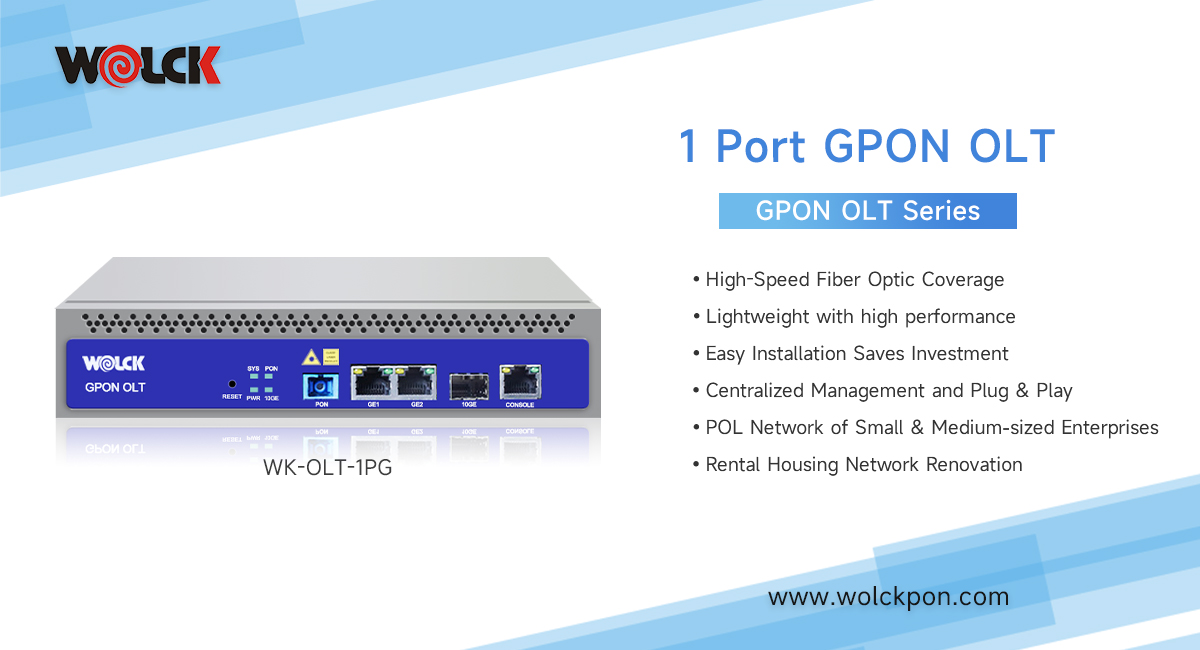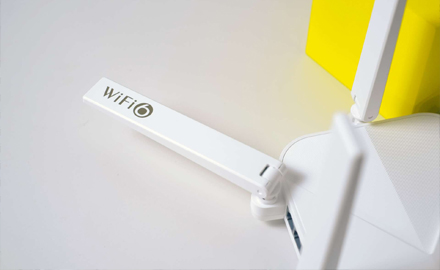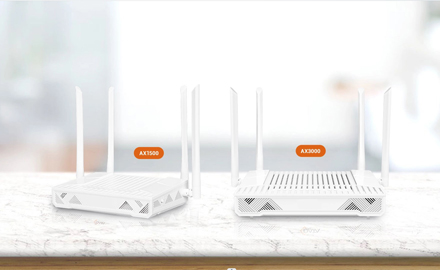Connecting an Optical Line Terminal (OLT) and Optical Network Unit (ONU) involves several steps to establish a functioning Passive Optical Network (PON). PONs are a type of fiber-optic network widely used for delivering high-speed internet and other communication services. The OLT is typically located at the service provider's central office, while the ONU is placed at the customer premises. In this detailed explanation, I'll walk you through the key steps in connecting an OLT and ONU.
Overview of OLT and ONU

The OLT serves as the main aggregation point in a PON, managing communication between the service provider's network and individual ONUs. ONUs, on the other hand, are installed at the customer's location and serve as the interface between the optical network and the end-user's devices.
1. Physical Installation:
Begin by physically installing the OLT and ONU in their respective locations. The OLT is usually situated in a central office or data center, while the ONU is installed at the customer premises. Ensure that both devices are securely mounted and powered.
2. Fiber Optic Cabling:
Establish the connection between the OLT and ONU using fiber optic cables. Fiber optics transmit data using pulses of light, providing high bandwidth and low latency. Run the fiber optic cables from the OLT to a passive optical splitter, which divides the signal to multiple ONUs.
3. Optical Splitters:
Optical splitters are crucial components in PON architecture. They split the signal from the OLT to serve multiple ONUs. Common splitter ratios include 1:8, 1:16, or 1:32, depending on the network's design and capacity requirements.
4. Fiber Connectors:
Ensure that the fiber connectors are clean and properly aligned. Use compatible connectors (e.g., SC, LC) for the OLT and ONU ports. Proper alignment is essential to minimize signal loss and maintain optimal network performance.
5. OLT Configuration:
Access the OLT's configuration interface and set parameters to recognize and communicate with the connected ONUs. Configuration involves specifying ONU IDs, allocating bandwidth, and implementing security settings. The OLT needs to be aware of the ONUs on the network to facilitate communication.
6. ONU Activation:
Activate each ONU individually. This process involves configuring specific parameters unique to each ONU, such as its serial number or MAC address. Activation ensures that the OLT can identify and communicate with each ONU on the network.
7. Testing and Troubleshooting:
Conduct tests to verify the integrity of the optical connection. Use specialized testing equipment to measure signal strength and quality. Troubleshoot any issues that may arise during the connection process, such as identifying and addressing signal disruptions or fiber faults.
8. Service Provisioning:
Once the physical and logical connections are established, provision the necessary services for end-users. This may include setting up internet access, voice services, or other data services based on the service provider's offerings.
9. Monitoring and Maintenance:
Implement a monitoring system to continuously track the performance of the PON network. Regular maintenance activities, such as firmware updates and equipment checks, are essential to ensure the network's stability and reliability.
10. Quality of Service (QoS) Configuration:
Configure Quality of Service settings to prioritize specific types of traffic, ensuring a consistent and reliable experience for end-users. QoS settings help manage bandwidth effectively and maintain a high level of service quality.
Conclusion:
Connecting an OLT and ONU in a PON involves a combination of physical installation, fiber optic cabling, configuration, and testing. Each step plays a crucial role in ensuring a reliable and efficient optical network that can deliver high-speed internet and other services to end-users. It's important to follow manufacturer-specific guidelines and industry best practices to optimize the performance of the PON and provide a seamless experience for customers.


 The Difference Between AX1800 ONU and AX3000 ONU
The Difference Between AX1800 ONU and AX3000 ONU
 How are Huawei OLTs Classified?
How are Huawei OLTs Classified?
 The Future Trend of Optical Line Terminals (OLTs)
The Future Trend of Optical Line Terminals (OLTs)
 The Difference Between ONU and ONT
The Difference Between ONU and ONT